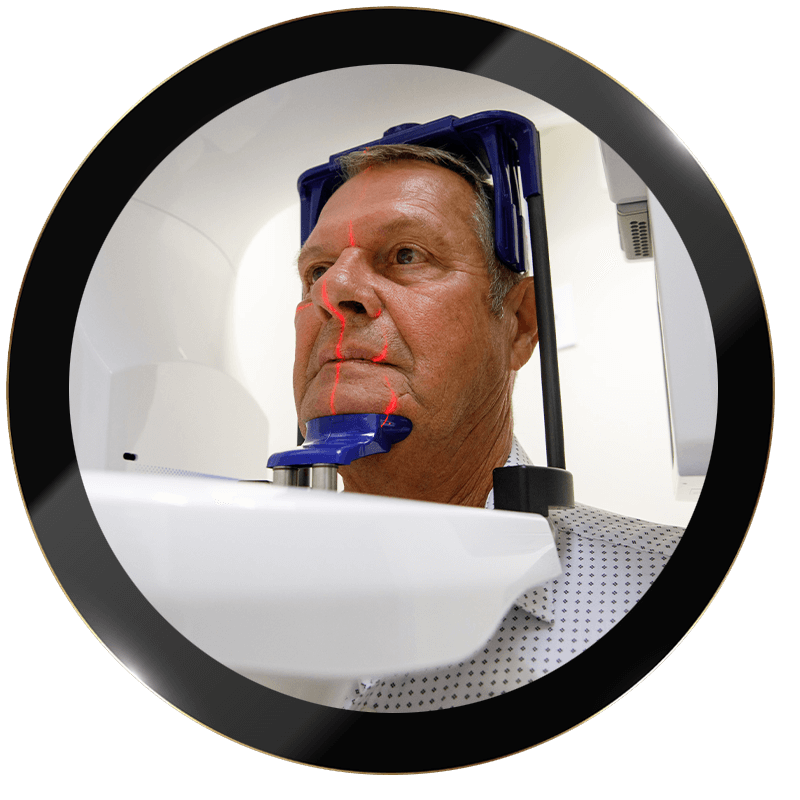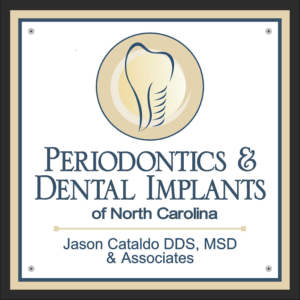
At Periodontics and Dental Implants of North Carolina, we focus on delivering state-of-the-art dental implants and periodontal care at our three modern periodontal offices in Durham, NC, Raleigh, NC, and Morrisville, NC.
Our periodontist offers top-quality procedures paired with the latest innovative technologies to eliminate periodontitis and gum recession, replace missing teeth, and restore stability to your entire smile. If you’re looking for an exceptional implant dentist and periodontist near you in the Research Triangle area, you’ll enjoy a five-star experience at our periodontal office!
Delivering excellent outcomes and caring about your well-being are essential cornerstones of our practice. You will never receive a one-size-fits-all treatment because we understand your periodontal and oral health care needs are as unique as your personality.
Open communication about your concerns, goals, potential treatment options, and costs is integral to your journey to improved periodontal health, oral health, and a better quality of life at Periodontics and Dental Implants of North Carolina!


Periodontists complete at least three years of specialized training beyond dental school in surgical and nonsurgical procedures, dental implants, and periodontitis treatment. Our periodontist has in-depth knowledge of the periodontal disease, oral inflammation, and bone grafting, which is essential to achieving optimal dental implant outcomes. Rather than offering a broad menu of procedures like many dental practices these days, we specialize in specific areas our periodontist has mastered, including late-stage gum disease (periodontitis), gum recession , bone deterioration, and tooth loss.
From scaling and root planing and pocket reduction surgery to the latest regenerative therapy such as advanced platelet-rich fibrin (A-PRF) , your soft tissue, teeth, and underlying structures are in highly skilled hands at Periodontics and Dental Implants of North Carolina! Our periodontist combines advanced surgical skills with an artistic eye to ensure dental implants provide maximum stability and functionality and soft tissue frame implants for beautiful, natural-looking aesthetics.

In addition to ensuring the foundation for your teeth is healthy, we consider your total wellness by assessing underlying conditions that can potentially impact gum tissue and other dental structures. With nearly 30 years of experience, our periodontist blends extensive expertise with a passion for helping people with comfortable, minimally invasive procedures that rejuvenate oral health, dental function, and smile beauty.
In periodontics, like dentistry in general, technology is ever-evolving to provide patients with better care and outcomes. We offer gentle laser treatments to treat periodontal disease, including LANAP® (Laser Assisted New Attachment Procedure) and LAPIP™, an innovative method to help prevent ailing dental implants from failing. Cone-beam computed tomography at our periodontal office in Durham, NC, Raleigh, NC, and Morrisville, NC, is instrumental for evaluating your jawbone health, sinuses, and nerves to guide precise, strategic placement of implants. We also offer a needle-free local anesthetic because nobody enjoys getting stuck by a needle multiple times to numb their gums!

